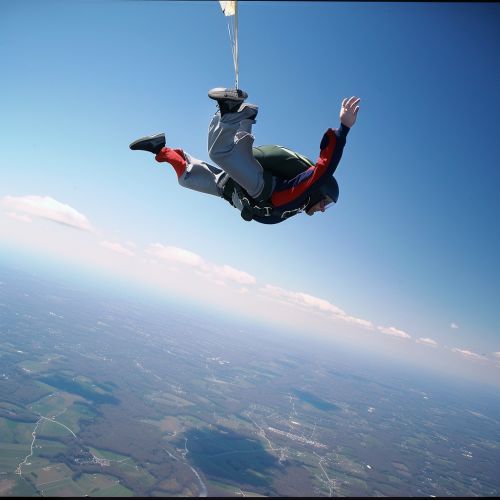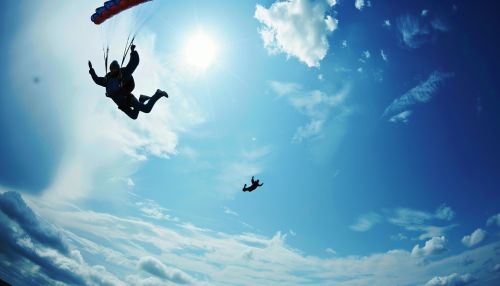Free Fall
Introduction
Free fall is a concept in physics that describes the motion of an object when the only force acting upon it is gravity. This state of motion is characterized by the absence of any form of resistance or friction, such as air resistance, leading to a constant acceleration towards the center of the earth or any other celestial body.


Physics of Free Fall
In the context of classical physics, free fall is defined as any motion of a body where gravity is the only force acting upon it. Under this condition, all objects will fall with the same rate of acceleration, regardless of their mass. This principle, often referred to as the Equivalence Principle, is a cornerstone of general relativity.
Equivalence Principle
The Equivalence Principle is a fundamental concept in the theory of general relativity. It states that the force of gravity experienced by an object is independent of its mass. This means that all objects, regardless of their mass or composition, will fall at the same rate in a vacuum. This principle was famously demonstrated by Galileo, who dropped two spheres of different masses from the Leaning Tower of Pisa and observed that they hit the ground at the same time.
Acceleration Due to Gravity
In a vacuum, all objects in free fall experience an acceleration due to gravity, typically denoted as 'g'. On the surface of the earth, this acceleration is approximately 9.81 m/s². This value can vary slightly depending on altitude and geographical location. The acceleration due to gravity is considered a constant in many physics calculations.
Mathematical Description
The mathematical description of free fall involves the application of the second law of Newton's laws of motion, which states that the force acting on an object is equal to its mass times its acceleration (F=ma). In the case of free fall, the only force acting on the object is the force of gravity, which can be calculated by multiplying the object's mass by the acceleration due to gravity.
Equations of Motion
The equations of motion for an object in free fall can be derived from the basic principles of kinematics. Assuming the object starts from rest and the downward direction is taken as positive, the equations are as follows:
1. The velocity v of the object at any time t is given by v = gt. 2. The distance d fallen by the object at any time t is given by d = 0.5gt².
These equations allow for the calculation of an object's velocity and position at any point during its free fall.
Experimental Observations and Applications
The concept of free fall has been tested and observed in various experiments and real-world scenarios. From the early experiments of Galileo to the modern-day experiments conducted in vacuum chambers, the principles of free fall have been consistently validated.
Skydiving
Skydiving is a sport that involves jumping from an aircraft and falling to the earth under the influence of gravity. It provides a practical demonstration of free fall. The skydiver experiences free fall until they deploy their parachute, which introduces air resistance and slows their descent.
Space Travel
The principles of free fall are also crucial in the field of space travel. Astronauts aboard the International Space Station are in a state of continuous free fall as they orbit the earth. This creates the sensation of weightlessness, even though the force of gravity is still acting upon them.
